Supertest: Italian Tier VIII Battleship Vittorio Veneto
8 min readThe Vittorio Veneto was the second ship of the Littorio-class battleships from the Regia Marina. The ship was laid down in October 1934, launched in July 1937 and commissioned in April 1940.
The ship’s main armament consisted of 3 triple turrets with 381 mm guns, 2 turrets superfiring at the front and 1 at the rear. This was completed by a secondary armament consisting of a mix of 12 dual-purpose single 90 mm gun turrets and 4 triple turrets with 152 mm guns.
The Vittorio Veneto saw extensive action during World War II with her first engagement being the air raid on the harbor of Taranto on the night of 10-11 November 1940. During this raid, the HMS Illustrious launched 2 waves of Swordfish torpedo bombers, damaging 3 battleships. Vittorio Veneto was undamaged and she would be reassigned as the flagship of the Italian fleet.
She will later participate in the Battle of Cape Spartivento in November 1940 and the Battle of Cape Matapan in March 1941 and would be damaged by torpedoes several times, including in the engagement off Cape Matapan and by the British submarine HMS Urge in December 1941.
She spent 1941 and early 1942 attempting to attack British convoys to Malta, but crippling fuel shortages in the Italian fleet curtailed activity thereafter. Vittorio Veneto was among the Italian ships that were surrendered to the Allies in September 1943 after Italy withdrew from the war. Unlike her sisters Littorio (renamed Italia) that was heavily damaged and Roma that was sunk, she survived the Fritz X attack on 9 September 1943. She would spend the following three years under British control in Egypt.
After the war, she was allocated as a war prize to Britain and subsequently broken up for scrap between 1951 and 1954.
If you want to learn more about the Vittorio Veneto and the Littorio-class as a whole, here are 2 videos from Drachinifel covering the subject:
In World of Warships, we technically don’t have the Vittorio Veneto but a reskinned Roma. The problem is that that there were a few differences between the Littorio, Vittorio Veneto and Roma with Roma being basically a sub-class sooo… yeah. Normally, for tech-tree ships, we have a model that represents all the ships of a class without each of their distinctive features but here, it’s actually just a copy of the model of the Roma.
The main features of the Italian battleships are:
- Like the Italian cruisers, instead of HE shells, the new ships are armed with SAP shells. They inflict high damage on weakly and moderately protected targets and ship parts but do not cause fires.
- The “Exhaust smoke generator” is among the consumables of the Italian battleships starting from tier VIII, which will allow you to hide from the enemy without sacrificing speed.
- A large number of guns with a relatively short firing range and poor accuracy. They will basically be close/mid-range SAP sailing shotguns.
- Decent concealment and average maneuverability, quickly turning turrets and rather good armor.
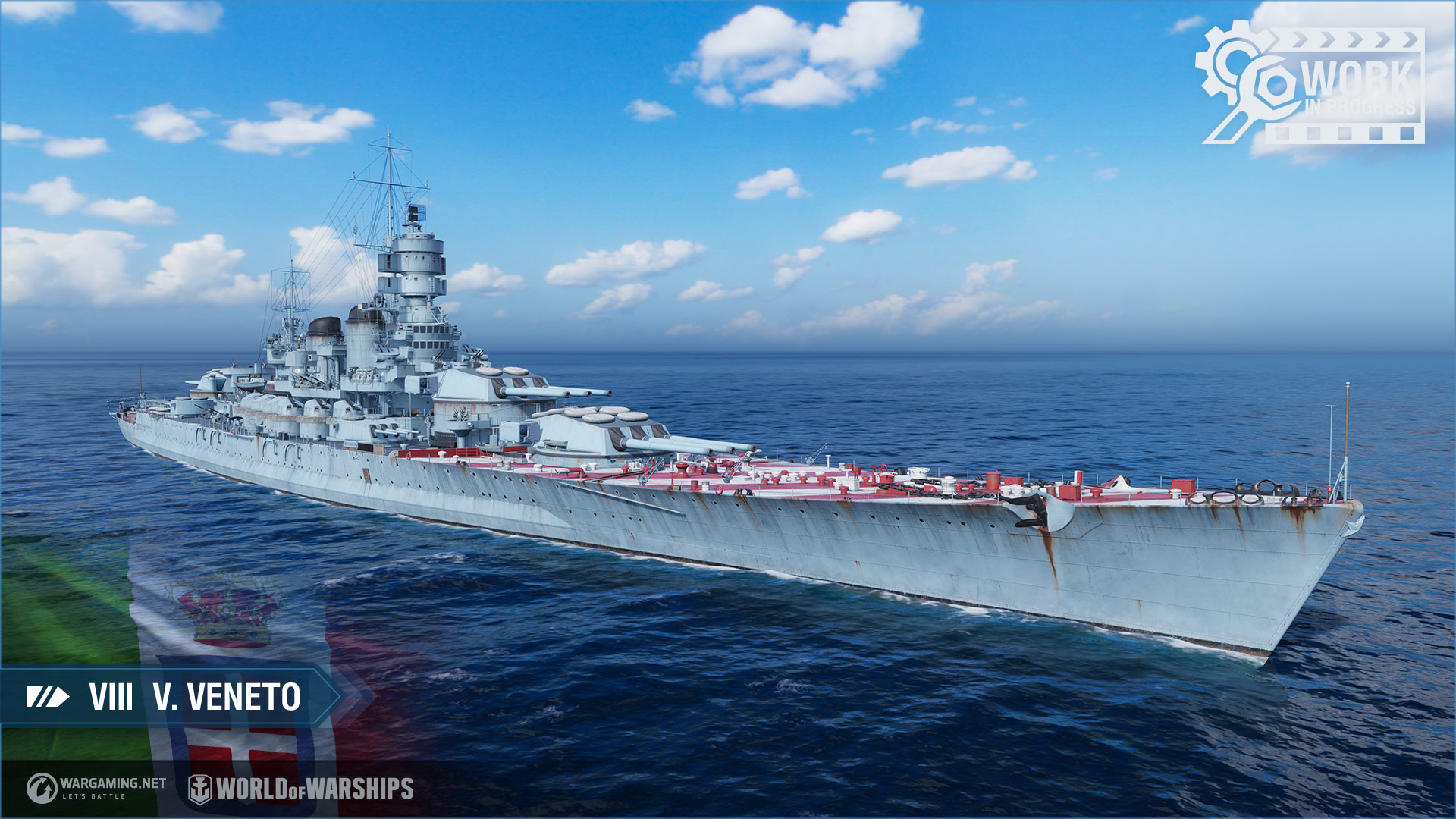
For the classic reminder, this is a ship in testing, anything can change so don’t look at her like she would already be released.
![]()
Hull | Engine | Gun Fire Control System | Main battery |
Vittorio Veneto (A) |
Propulsion: 130 000 hp |
SDT 8 mod. 1 | 381 mm/50 OTO 1934 |
Vittorio Veneto (B) |
SDT 8 mod. 2 |
Stock Ship
| Tier | VIII |
| Health | 59 300 HP |
| Torpedo Damage Reduction | 38 % |
| Displacement | 41 167 tons |
| Main Armament | |
| Maximum Firing Range | 16.470 km |
| 381 mm/50 OTO 1934 | 3 x 3 381 mm |
| Secondary Armament | |
| Maximum Firing Range | 4.500 km |
| 152 mm/55 OTO 1936 90 mm/50 OTO 1939 | 4 x 3 152 mm 12 x 1 90 mm |
| Maximum speed | 30 knots |
| Turning Circle Radius | 810 m |
| Rudder Shift Time | 21.8 s |
| Surface Detectability | 16.24 km |
| Air Detectability | 11.61 km |
| Detectability After Firing Main Guns in Smoke | 14.93 km |

| 3 x 3 381 mm/50 OTO 1934 | |
| Maximum Firing Range | 16.470 km |
| Reloading Time | 30.0 s |
| 180 Degree Turn Time | 30.0 s |
| Optimal firing angles at the front | 31° |
| Optimal firing angles at the rear | 39° |
| Sigma | 1.60 sigma |
| Maximum Dispersion | 227 m |
| Shells | |
| Type of Projectile | SAP – 381 mm proiettili CS |
| Alpha Damage | 14 050 HP |
| Penetration capacity | 96 mm |
| Projectile Speed | 880 m/s |
| Air Drag | 0.275 |
| Projectile Mass | 824.3 kg |
| Ricochet Angles | 70° – 80° |
| Type of Projectile | AP – 381 mm proiettili AP |
| Alpha Damage | 12 000 HP |
| Projectile Speed | 850 m/s |
| Air Drag | 0.295 |
| Projectile Mass | 884.8 kg |
| Projectile Krupp | 2 434 |
| Projectile Detonator | 0.033 s |
| Detonator threshold | 64 mm |
| Ricochet Angles | 45° – 60° |
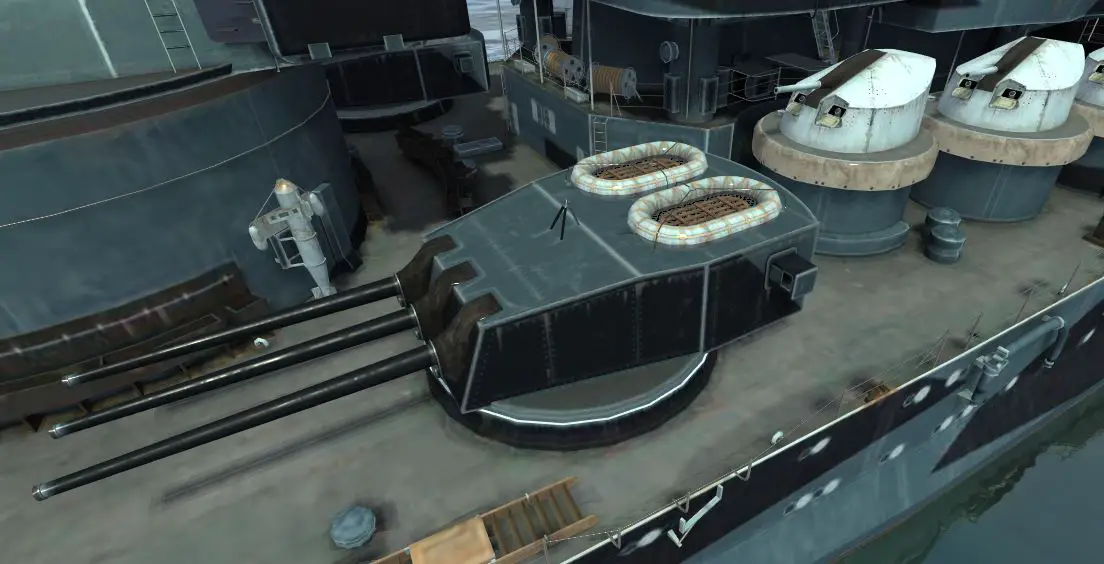
| 4 x 3 152 mm/55 OTO 1936 | |
| Maximum Firing Range | 4.500 km |
| Reloading Time | 8 s |
| Sigma | 1.00 sigma |
| Shells | |
| Type of Projectile | HE – 152 mm proiettili HE |
| Alpha Damage | 2 100 HP |
| Damage | 1 120 HP |
| HE penetration | 25 mm |
| Explosion Size | 0.51 |
| Chance to Cause Fire | 7 % |
| Projectile Speed | 950 m/s |
| Air Drag | 0.325 |
| Projectile Mass | 44.3 kg |
| 12 x 1 90 mm/50 OTO 1939 | |
| Maximum Firing Range | 4.500 km |
| Reloading Time | 4 s |
| Sigma | 1.00 sigma |
| Shells | |
| Type of Projectile | HE – 90 mm proiettili HE |
| Alpha Damage | 1 300 HP |
| Damage | 240 HP |
| HE penetration | 15 mm |
| Explosion Size | 0.25 |
| Chance to Cause Fire | 5 % |
| Projectile Speed | 860 m/s |
| Air Drag | 0.414 |
| Projectile Mass | 10.1 kg |
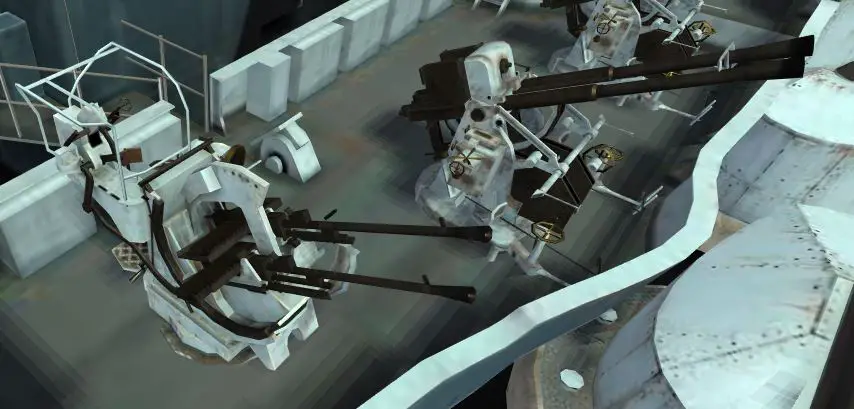
| 12 x 1 90 mm/50 OTO 1939 | |
| Sector range | 0.1 km – 4.6 km |
| Hit chance | 75 % |
| Sector’s damage | 40 |
| Sector’s damage frequency | 0.29 s |
| Sector’s damage per second | 140 |
| Flak clouds number | 6 |
| Flak cloud damage | 1 190 |
| 4 x 1 37 mm/54 Breda 1939 8 x 2 37 mm/54 Breda 1932 | |
| Sector range | 0.1 km – 3.5 km |
| Hit chance | 75 % |
| Sector’s damage | 66 |
| Sector’s damage frequency | 0.29 s |
| Sector’s damage per second | 231 |
| 8 x 2 20 mm/65 Breda 1935 | |
| Sector range | 0.1 km – 2.0 km |
| Hit chance | 70 % |
| Sector’s damage | 17 |
| Sector’s damage frequency | 0.29 s |
| Sector’s damage per second | 60 |
Slot 1 | Slot 2 | Slot 3 | Slot 4 |
Damage Control Party  Work time: 15 s Work time: 15 sCooldown: 80 s | Repair Party  Number of charges: 4 Number of charges: 4Work time: 28 s Cooldown: 80 s HP regeneration speed: +0.5%/s | Exhaust Smoke Generator
Number of charges: 3 Work time: 45 s Cooldown: 180 s Smoke radius: 510 m | Spotting Aircraft  Number of charges: 4 Number of charges: 4Work time: 100 s Cooldown: 240 s Maximum firing range: +20% |
Fighter  Number of charges: 3 Number of charges: 3Work time: 60 s Cooldown: 90 s HP Patrol radius: 3.0 km Number of planes in the squadron: 3 |
Upgraded Ship
| Tier | VIII |
| Health | 59 300 HP |
| Torpedo Damage Reduction | 38 % |
| Displacement | 45 752 tons |
| Main Armament | |
| Maximum Firing Range | 18.117 km |
| 381 mm/50 OTO 1934 | 3 x 3 381 mm |
| Secondary Armament | |
| Maximum Firing Range | 4.500 km |
| 152 mm/55 OTO 1936 90 mm/50 OTO 1939 | 4 x 3 152 mm 12 x 1 90 mm |
| Maximum speed | 30 knots |
| Turning Circle Radius | 810 m |
| Rudder Shift Time | 15.5 s |
| Surface Detectability | 16.24 km |
| Air Detectability | 11.61 km |
| Detectability After Firing Main Guns in Smoke | 14.93 km |

| 3 x 3 381 mm/50 OTO 1934 | |
| Maximum Firing Range | 18.117 km |
| Reloading Time | 30.0 s |
| 180 Degree Turn Time | 30.0 s |
| Optimal firing angles at the front | 31° |
| Optimal firing angles at the rear | 39° |
| Sigma | 1.60 sigma |
| Maximum Dispersion | 244 m |
| Shells | |
| Type of Projectile | SAP – 381 mm proiettili CS |
| Alpha Damage | 14 050 HP |
| Penetration capacity | 96 mm |
| Projectile Speed | 880 m/s |
| Air Drag | 0.275 |
| Projectile Mass | 824.3 kg |
| Ricochet Angles | 70° – 80° |
| Type of Projectile | AP – 381 mm proiettili AP |
| Alpha Damage | 12 000 HP |
| Projectile Speed | 850 m/s |
| Air Drag | 0.295 |
| Projectile Mass | 884.8 kg |
| Projectile Krupp | 2 434 |
| Projectile Detonator | 0.033 s |
| Detonator threshold | 64 mm |
| Ricochet Angles | 45° – 60° |

| 4 x 3 152 mm/55 OTO 1936 | |
| Maximum Firing Range | 4.500 km |
| Reloading Time | 8 s |
| Sigma | 1.00 sigma |
| Shells | |
| Type of Projectile | HE – 152 mm proiettili HE |
| Alpha Damage | 2 100 HP |
| Damage | 1 120 HP |
| HE penetration | 25 mm |
| Explosion Size | 0.51 |
| Chance to Cause Fire | 7 % |
| Projectile Speed | 950 m/s |
| Air Drag | 0.325 |
| Projectile Mass | 44.3 kg |
| 12 x 1 90 mm/50 OTO 1939 | |
| Maximum Firing Range | 4.500 km |
| Reloading Time | 4 s |
| Sigma | 1.00 sigma |
| Shells | |
| Type of Projectile | HE – 90 mm proiettili HE |
| Alpha Damage | 1 300 HP |
| Damage | 240 HP |
| HE penetration | 15 mm |
| Explosion Size | 0.25 |
| Chance to Cause Fire | 5 % |
| Projectile Speed | 860 m/s |
| Air Drag | 0.414 |
| Projectile Mass | 10.1 kg |
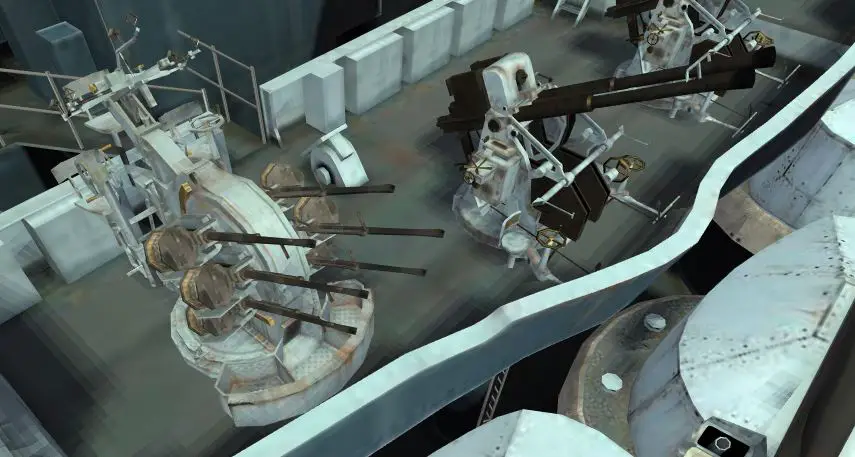
| 12 x 1 90 mm/50 OTO 1939 | |
| Sector range | 0.1 km – 4.6 km |
| Hit chance | 75 % |
| Sector’s damage | 40 |
| Sector’s damage frequency | 0.29 s |
| Sector’s damage per second | 140 |
| Flak clouds number | 6 |
| Flak cloud damage | 1 190 |
| 12 x 2 37 mm/54 Breda 1932 | |
| Sector range | 0.1 km – 3.5 km |
| Hit chance | 75 % |
| Sector’s damage | 70 |
| Sector’s damage frequency | 0.29 s |
| Sector’s damage per second | 245 |
| 8 x 6 20 mm/70 Breda 1941 | |
| Sector range | 0.1 km – 2.0 km |
| Hit chance | 70 % |
| Sector’s damage | 30 |
| Sector’s damage frequency | 0.29 s |
| Sector’s damage per second | 105 |
Slot 1 | Slot 2 | Slot 3 | Slot 4 |
Damage Control Party  Work time: 15 s Work time: 15 sCooldown: 80 s | Repair Party  Number of charges: 4 Number of charges: 4Work time: 28 s Cooldown: 80 s HP regeneration speed: +0.5%/s | Exhaust Smoke Generator
Number of charges: 3 Work time: 45 s Cooldown: 180 s Smoke radius: 510 m | Spotting Aircraft  Number of charges: 4 Number of charges: 4Work time: 100 s Cooldown: 240 s Maximum firing range: +20% |
Fighter  Number of charges: 3 Number of charges: 3Work time: 60 s Cooldown: 90 s HP Patrol radius: 3.0 km Number of planes in the squadron: 3 |
The Armor

The Vittorio Veneto having the same model as the Roma, she also has the same armor scheme and this one really doesn’t disappoint.
The bow section
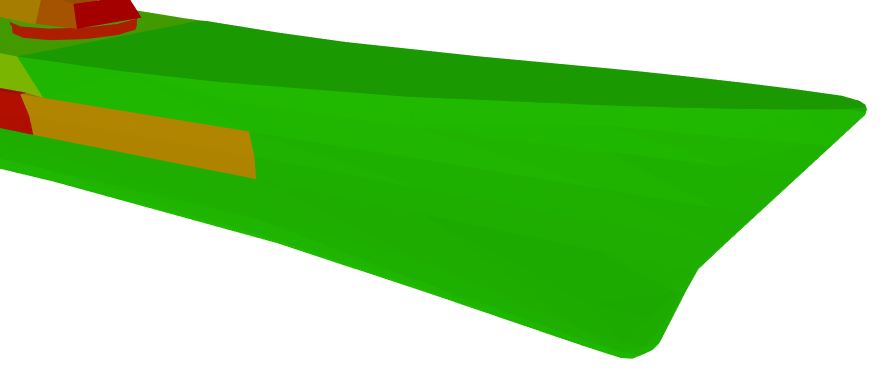
The bow is, for the most part, protected by 32 mm of armor except for the 130 mm extended belt.
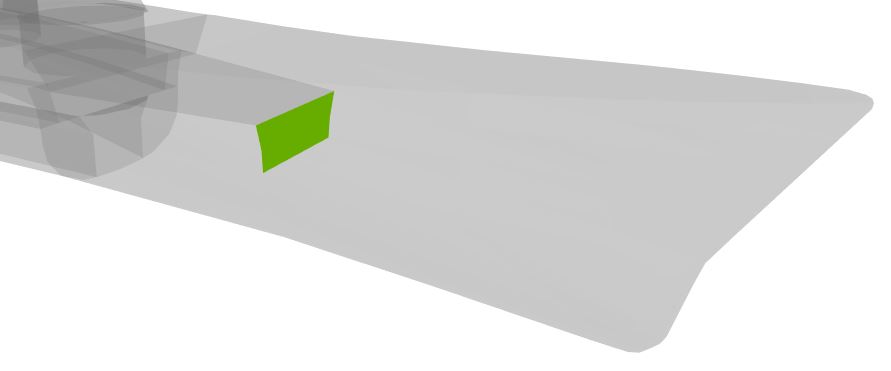
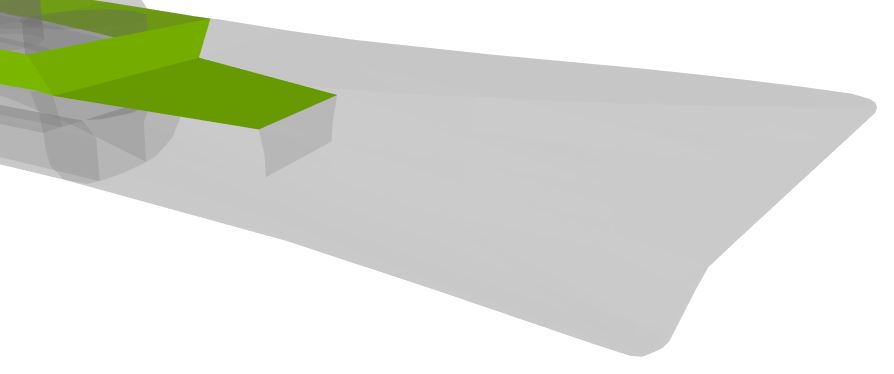
Inside the bow, there is a 70 mm armored deck that ends with a 60 mm bulkhead connecting with the extended belt on both sides. As you can see, the upper casemate protecting the middle section is also 70 mm thick.
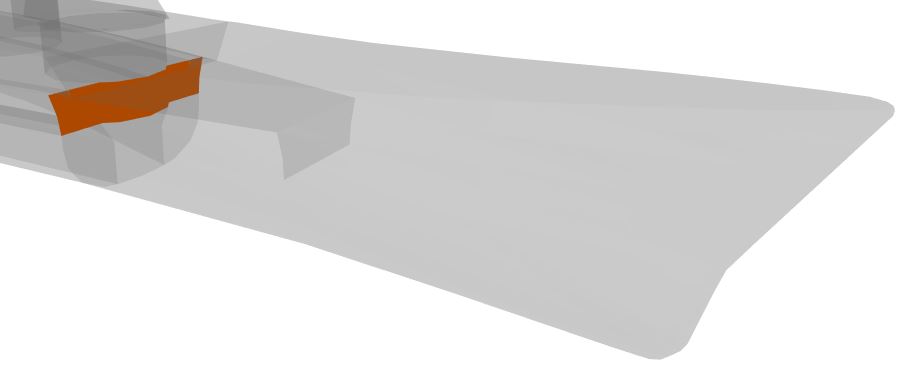
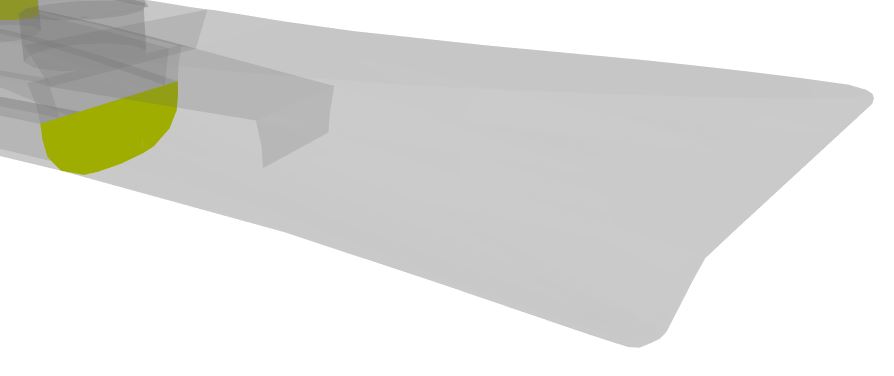 For the rest of the middle section’s protection, it is divided into 2 sections with, above, 210 mm of armor and below, 100 mm of armor. It covers the citadel athwartship as well as the bulkheads on each side.
For the rest of the middle section’s protection, it is divided into 2 sections with, above, 210 mm of armor and below, 100 mm of armor. It covers the citadel athwartship as well as the bulkheads on each side.
The middle section

For the protection of the middle section, the ship is quite well armored both against HE and AP. The weather deck is 45 mm thick and the upper belt is 70 mm thick.
When it comes to the main belt, it is 375 mm thick with a slope ranging from 6° to 15°.

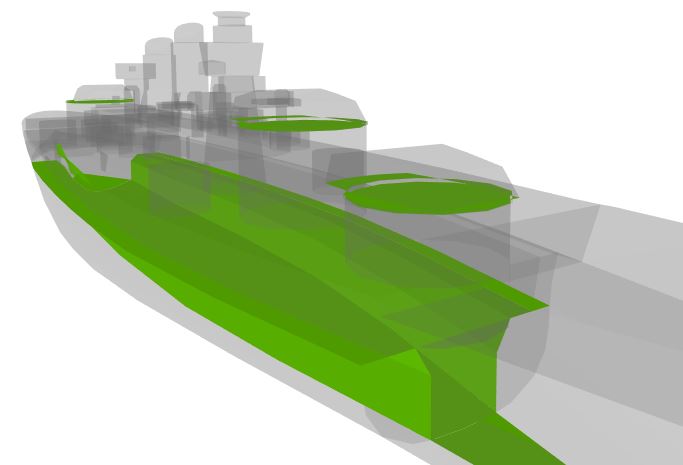
The citadel is inside the ship in a layered armor scheme with the main belt or spaced armor for the part behind the torpedo bulge. The part behind the main belt is 40 mm thick and the one behind the torpedo bulge is 50 mm thick.
As you can see, the barbettes of the 90 mm secondaries are also 40 mm thick and exposed, granting additional protection against HE shells from cruisers.



For the horizontal protection, the ship is fairly vulnerable to AP bombs. the citadel deck is protected by a mix of 102 mm, 112 mm and 162 mm (top to bottom) platings. Since the weather deck and citadel deck are the only layers of protection, the bombs will not have too much trouble to hit the citadel. However, the turrets, barbettes of the secondaries and the conning tower will be effective AP bomb magnets.

Side-note: the 152 mm secondaries also have their barbettes modeled with 100 mm of armor inside the ship, 150 mm of armor for the exposed part and 85 mm of armor at the top.
The stern section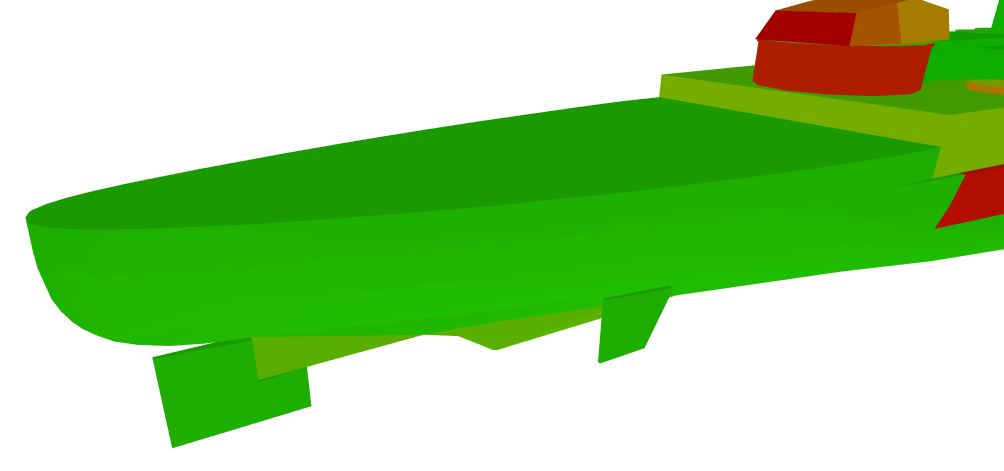
The external armor of the stern is a uniform 32 mm plating.
For the internal protection, there are not 1 but 2 armored decks. The upper one is 44 mm thick and the lower one is 108 mm thick with sloped sides. Roughly in the middle, there is also a bulkhead with the upper part is 70 mm thick and the lower part is 100 mm thick.
As you can see, the lower citadel athwartship, as well as the upper casemate protecting the middle section, are also 70 mm thick.
Finally, the upper part of the citadel athwartship is 210 mm thick. It isn’t fool-proof, enemy battleships can still citadel, especially if a shell hits where the athwartship is curved in the middle. I would work in a similar way to the Yamato-class cheek citadel.
The superstructure
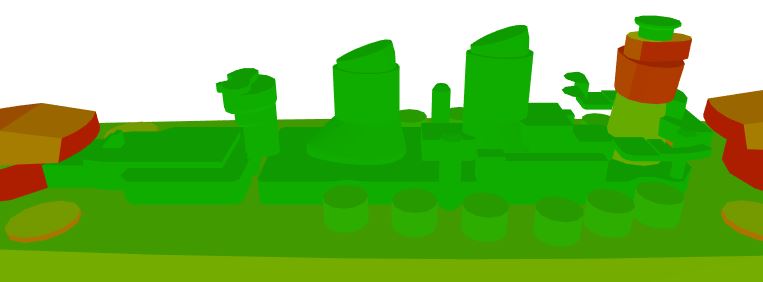
The superstructure is 19 mm thick except for the 40 mm barbettes of the 90 mm secondaries and the forward tower. The base of that tower is 60 mm thick and then the conning tower is a mix of 100 mm, 130 mm 200 mm, 210 mm, 260 mm and 280 mm platings.
The turrets
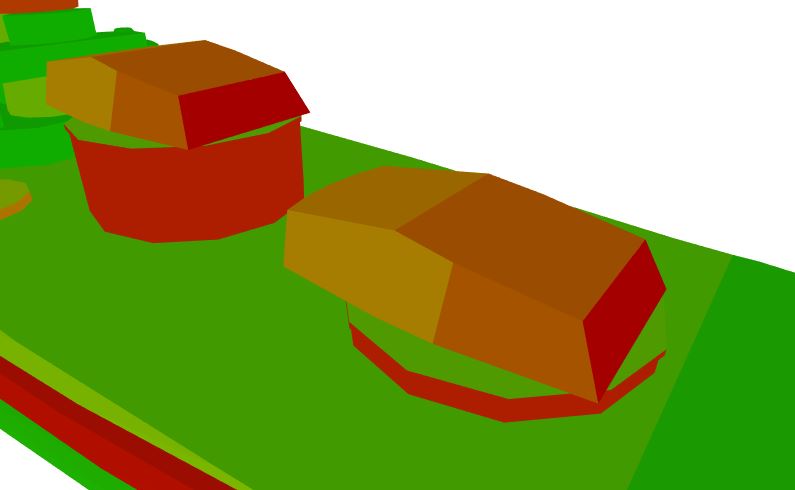
The turrets are decently protected with a 380 mm face. The sides and roof are 200 mm thick and first and then it gets down to 130 mm and 150 mm respectively. The back is 350 mm thick.
For the barbettes, the top is 50 mm thick, the exposed part is 350 mm thick and then the internal part is 280 mm thick.
Personal Opinion
Right now, I’m really hyped for that ship. The Roma is a bit of a guilty pleasure for me, especially with her armor profile that makes her very tanky and her concealment. There is, of course, the issue of her guns being quite derpy but who cares when you have the SAP shells? Also, the fuel smoke is going to be a really scary tool for sure.


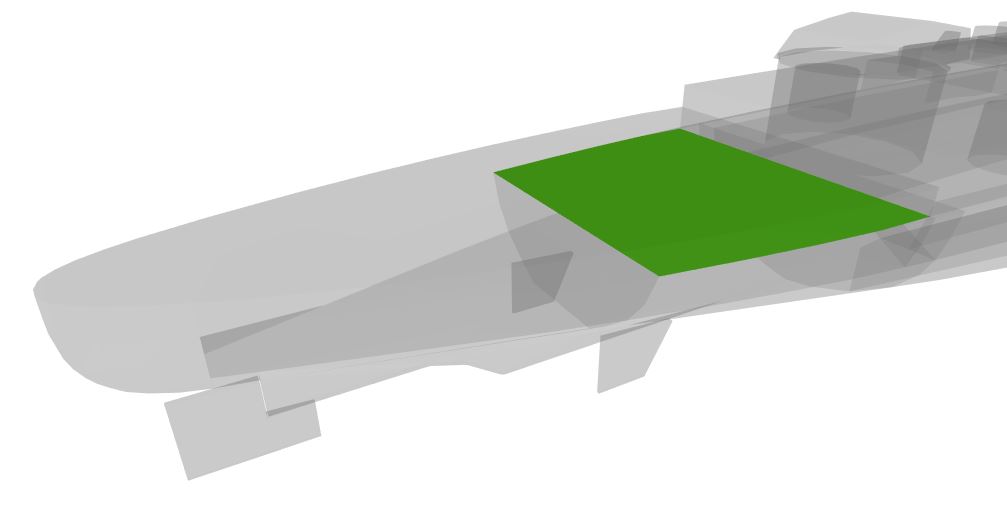
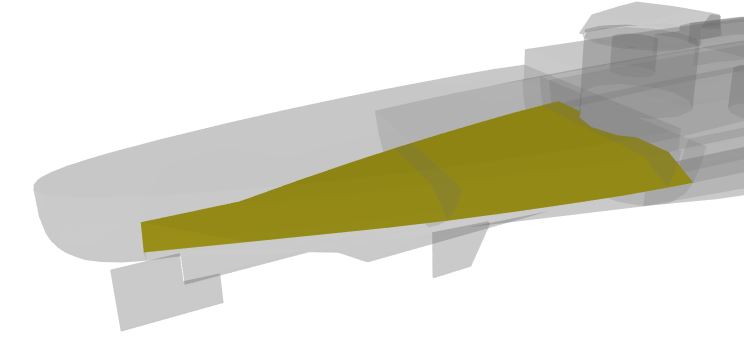
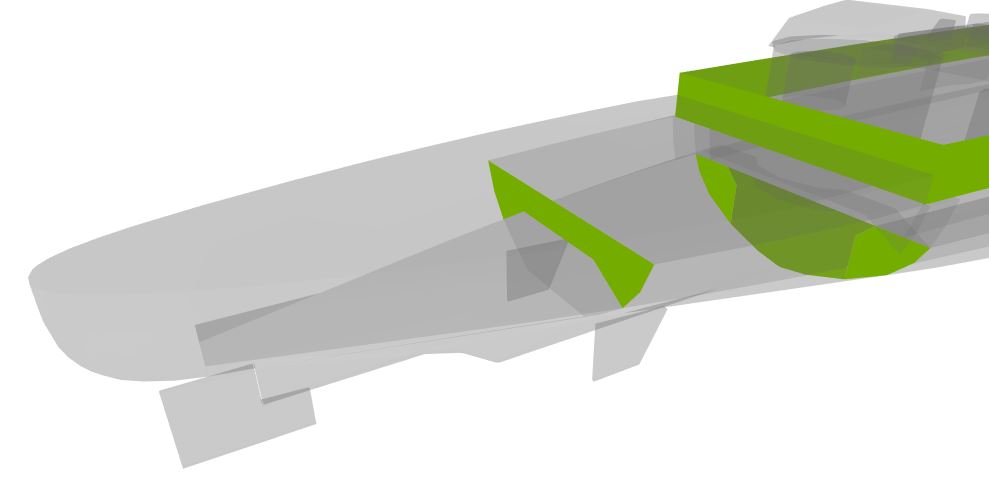
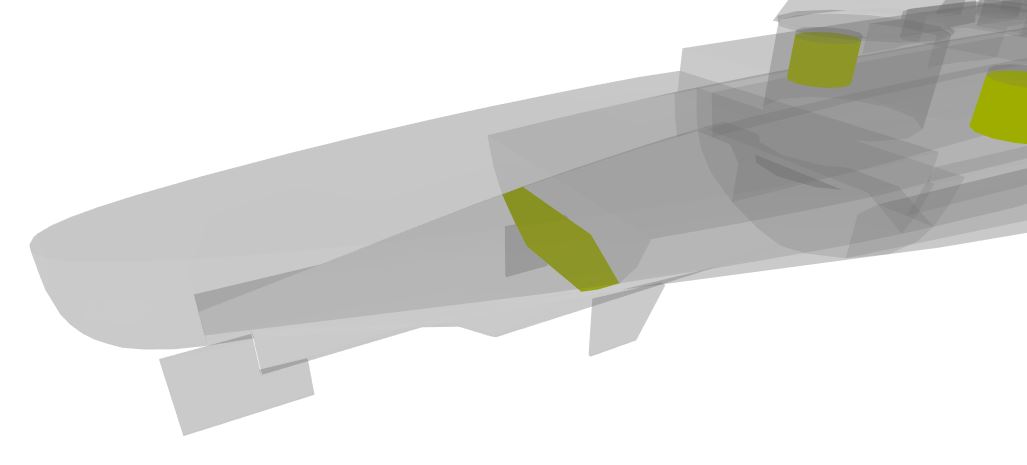
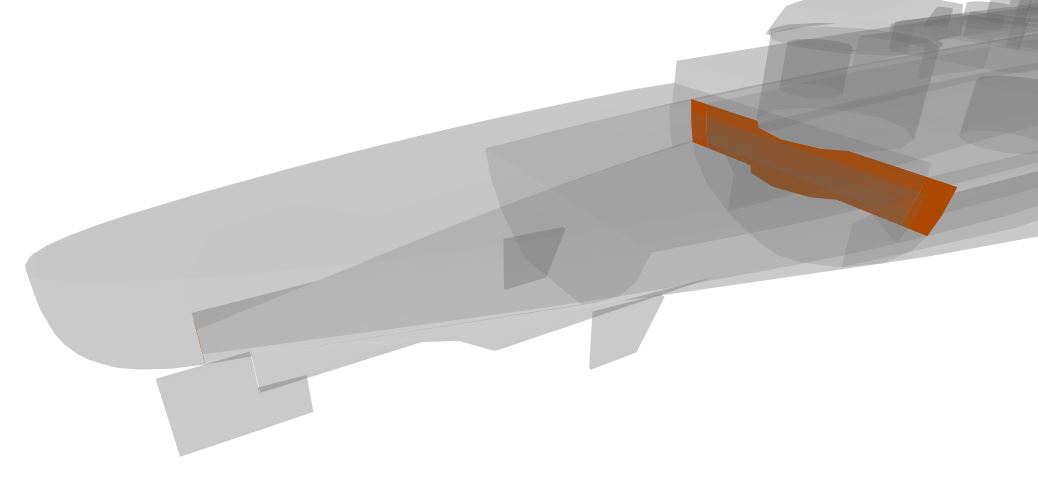
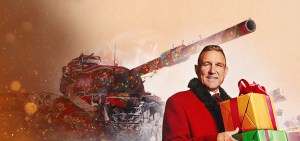


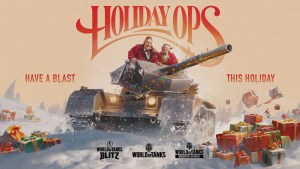

The same HP of the stock hull on the B hull? Is it a mistake or is it true?
Only soviet navy is allowed to improve HP by adding inflatable dinghies to the exactly same otherwise unmodified (except AA) ship i guess